Mercury may contain a 15 km thick layer of diamonds
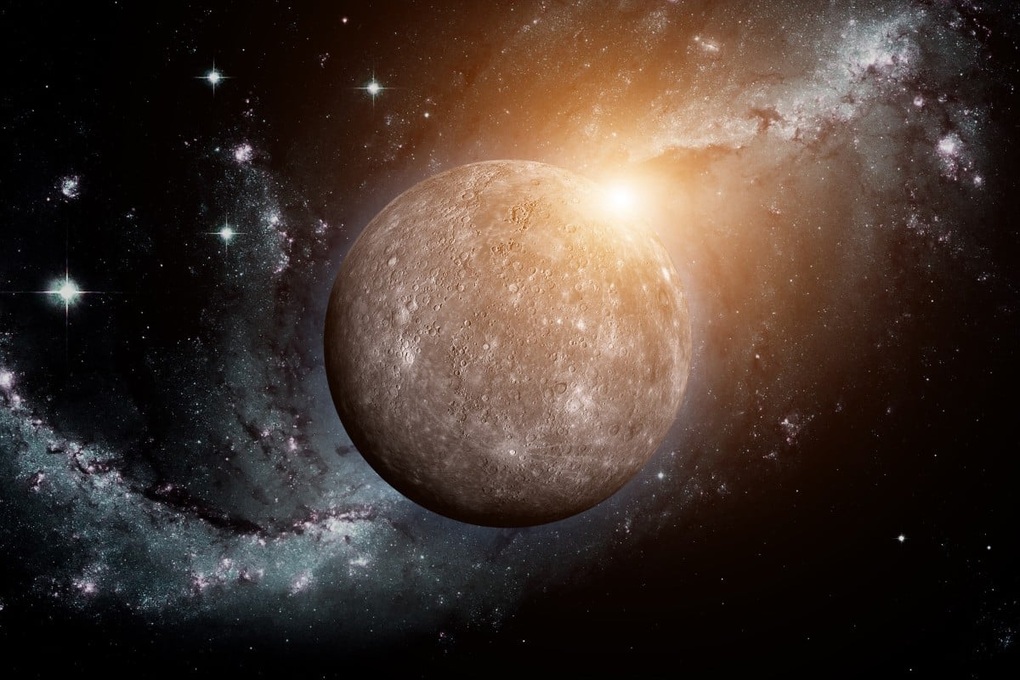
Mercury is the smallest planet in the Solar System and also the closest to the Sun (Photo: Shutterstock).
Mercury is a planet full of mysteries. For example, although Mercury's magnetic field is much weaker than Earth's, scientists didn't expect it to exist because the planet is so small and seems geologically inactive. Mercury also has unusually dark patches on its surface that the Messenger mission identified as graphite, a form of carbon. This piqued the curiosity of Yanhao Lin, a scientist at the High Pressure Science and Technology Research Center in Beijing and co-author of the study. Mercury's extremely high carbon content led him to speculate that there might be something special inside the planet, Live Science reported on July 18.
Scientists suspect that Mercury may have formed like other rocky planets from the cooling of a hot magma ocean. In Mercury’s case, the ocean was likely rich in carbon and silicates. Metals first coalesced within the ocean, forming the planet’s central core, while the remaining magma crystallized into the planet’s middle mantle and outer crust.
For years, scientists thought the temperature and pressure in the mantle were just high enough for carbon to form graphite, which is lighter than the mantle, and float to the planet’s surface. But a 2019 study found that Mercury’s mantle may be 50 kilometers deeper than previously thought. That would significantly increase the temperature and pressure at the core-mantle boundary, creating the conditions for carbon to form diamonds.
To investigate this possibility, a team of researchers from Belgium and China, including Lin, tested a chemical mixture of iron, silica, and carbon. The mixture, similar to the composition of some meteorites, simulated the magma ocean of early Mercury. The team also flooded the mixture with varying amounts of iron sulfide. They speculated that the magma ocean was rich in sulfur, since Mercury's surface today is also rich in sulfur.
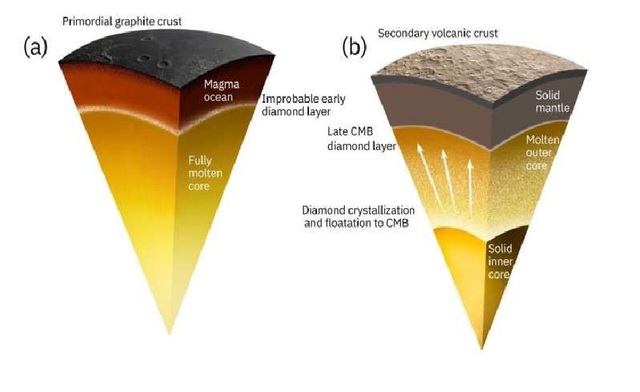
The interior of Mercury in infancy (left) and today, with a layer of diamonds existing in the lowermost region of the mantle - Photo: Yanhao Lin/Bernard Charlie
Using a multilayer press, Lin and his colleagues subjected the chemical mixture to pressures of 7 gigapascals—about 70,000 times the pressure of Earth’s atmosphere at sea level—and temperatures of up to 3,600 degrees Fahrenheit (1,970 degrees Celsius). These extreme conditions mimic those deep inside Mercury. In addition, the researchers used computer models to more accurately measure the temperatures and pressures at the boundary between Mercury’s mantle and core, and to simulate the physical conditions under which graphite or diamond would be stable. That computer modeling will help them better understand the planet’s fundamental interior structure.
The experiments showed that minerals like olivine are more likely to form in the mantle. However, the team also found that adding sulfur to the chemical mix causes it to harden only at higher temperatures. These conditions are also more suitable for diamond formation. In fact, the researchers’ computer simulations also show that under the new conditions, diamonds could crystallize as Mercury’s inner core solidifies. The calculations suggest that diamonds form a layer with an average thickness of about 15 kilometers.
But mining the diamonds would be impossible. In addition to the planet’s extreme temperatures, the diamonds are too deep to mine, about 300 miles below the surface. But they are crucial to Mercury’s magnetic field. The diamonds could help transfer heat between the core and mantle, creating a temperature gradient that causes liquid iron to spin, which in turn creates a magnetic field, Lin explained.
Can humans mine diamonds on Mercury?
But mining the diamonds would be impossible. In addition to the planet’s extreme temperatures, the diamonds are too deep to mine, about 300 miles below the surface. But they are crucial to Mercury’s magnetic field. The diamonds could help transfer heat between the core and mantle, creating a temperature gradient that causes liquid iron to spin, which in turn creates a magnetic field, Lin explained.
Of course, humans cannot dream of mining these diamonds.
Source: https://giadinh.suckhoedoisong.vn/hanh-tinh-nao-chua-day-kim-cuong-lo-dien-ngay-trong-he-mat-troi-rat-gan-trai-dat-172240826093501384.htm




![[Photo] Buddha's Birthday 2025: Honoring the message of love, wisdom, and tolerance](https://vphoto.vietnam.vn/thumb/1200x675/vietnam/resource/IMAGE/2025/5/12/8cd2a70beb264374b41fc5d36add6c3d)






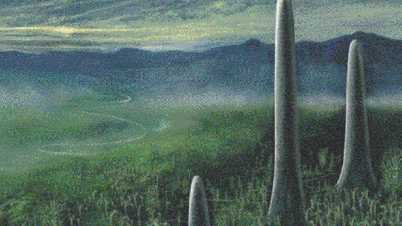
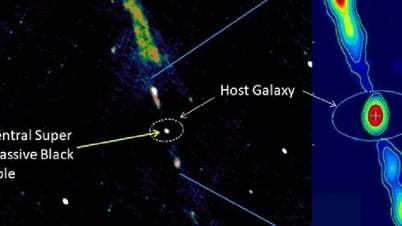









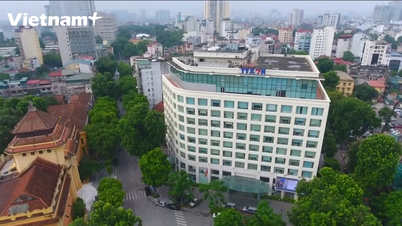










![[Photo] General Secretary To Lam meets and expresses gratitude to Vietnam's Belarusian friends](https://vphoto.vietnam.vn/thumb/1200x675/vietnam/resource/IMAGE/2025/5/11/c515ee2054c54a87aa8a7cb520f2fa6e)
![[Photo] General Secretary To Lam arrives in Minsk, begins state visit to Belarus](https://vphoto.vietnam.vn/thumb/1200x675/vietnam/resource/IMAGE/2025/5/11/76602f587468437f8b5b7104495f444d)




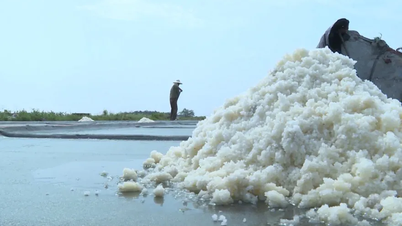


















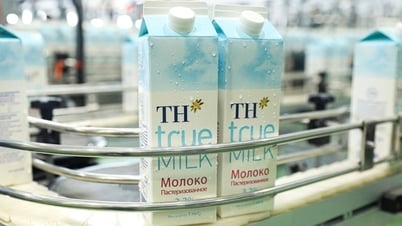























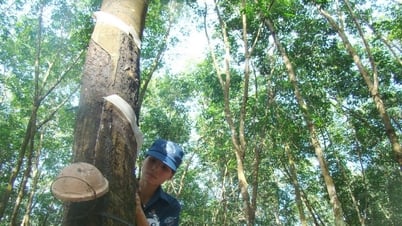


















Comment (0)